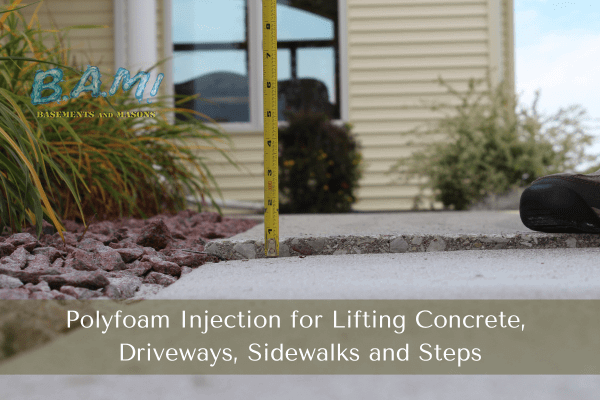Best Basement Waterproofing for Beginners
Best Basement Waterproofing for Beginners
Blog Article
The Best Guide To Best Basement Waterproofing
Table of ContentsBest Basement Waterproofing for BeginnersMore About Best Basement WaterproofingRumored Buzz on Best Basement WaterproofingSome Ideas on Best Basement Waterproofing You Need To Know
What creates water damage problems in your cellar? Right here are a couple of things to look for: when the foundation of your home is compromised, water is excellent at creeping in between small splits and crevices and triggering damages. Pipelines that line the within of your walls are simply one instance of where water damage can occur.The soil and ground of your home is really important. If there is way too much water bordering your home, nonetheless, it can push the dirt into your home and cause the seals of your cellar to become jeopardized. when you see excess water in areas where it need to not be, that is a great indication that you have a problem.
Concrete waterproofing coatings are cement-like; when dry, they adhere completely to concrete and masonry walls. You apply the coating with a heavy brush made with bristles swirled during application for an appealing, completed look. Concrete water resistant layers can't be applied to formerly painted surface areas Silicate-based concrete sealants, additionally known as densifiers, are likewise suitable just for walls that have not been repainted or sealed.
What Does Best Basement Waterproofing Mean?
Since these are passing through sealants, they can not exfoliate or peel, and you can have paint used over them. The American Eagle group might uncover more challenging reasons for your dampness problems; there are added services readily available. Plastic sheets and panels may be combined with indoor basement drainage systems. They don't quit water from making it through the wall surface, but they do stop it from destroying things in the basement.
A sump pump is required to move water out of your cellar. In order to effectively recommend a remedy for your damp basement, call American Eagle for a no-obligation browse through. Our service technicians will certainly have the ability to explain which options are options for your home. Why should you waterproof your cellar? Here are a few points the specialists can set up to help the waterproofing procedure: this is developed for the walls of your basement.

Cellar waterproofing is a wonderful means to obtain ahead of possible water damage that might come your way.
The smart Trick of Best Basement Waterproofing That Nobody is Discussing
When it pertains to protecting your home, among one of the most important steps you can take is cellar waterproofing. A completely dry basement not only guarantees a safe and healthy environment for you and your family members, yet it likewise helps to prevent expensive water damage and mold and mildew growth. In this article, we will certainly discuss the value of cellar waterproofing, the advantages it provides, and how you can set about safeguarding your space.
When it involves cellar waterproofing, there are numerous approaches that can be made use of to keep water out of your area. These include indoor sealants, exterior waterproofing membranes, and water drainage systems. The very best approach for your basement will rely on factors such as the level of water breach, the condition of your structure, and your budget plan.
To conclude, cellar waterproofing is a vital action in shielding your home from water damages, mold and mildew development, and various other concerns. By purchasing basement waterproofing, you can ensure that your area remains dry, secure, and healthy and balanced for you and your family members. Not just does cellar waterproofing supply peace of mind and security for your home, yet it can also boost its worth and conserve you money on energy prices in the future.
Best Basement Waterproofing Fundamentals Explained
Inside sealers are a kind of basement waterproofing approach that entails applying a sealer to the within Our site the basement walls and floorings. Water can seep into a cellar with cracks, gaps, or porous concrete, specifically in locations where there is high groundwater or bad drainage. This can cause water damages and mold development, along his comment is here with damages to the foundation and architectural honesty of the structure.
It is an effective solution for preventing water damages and protecting the architectural integrity of the building. Nonetheless, it can be pricey and disruptive to mount, as it requires excavation around the structure and may entail landscaping and various other repair work once the waterproofing is complete. This method is the most reputable and resilient solution for protecting against water seepage in the cellar.
Structure split injections are an approach of repairing fractures in the foundation walls from the within, without digging deep into the dirt around the structure. The process involves infusing a liquid polyurethane or epoxy right into the cracks, which then sets and produces a water resistant obstacle that protects against water from leaking via. This technique is generally used for smaller cracks that do not pose an architectural threat, and can be completed promptly and with minimal disturbance to the structure's residents.
Report this page